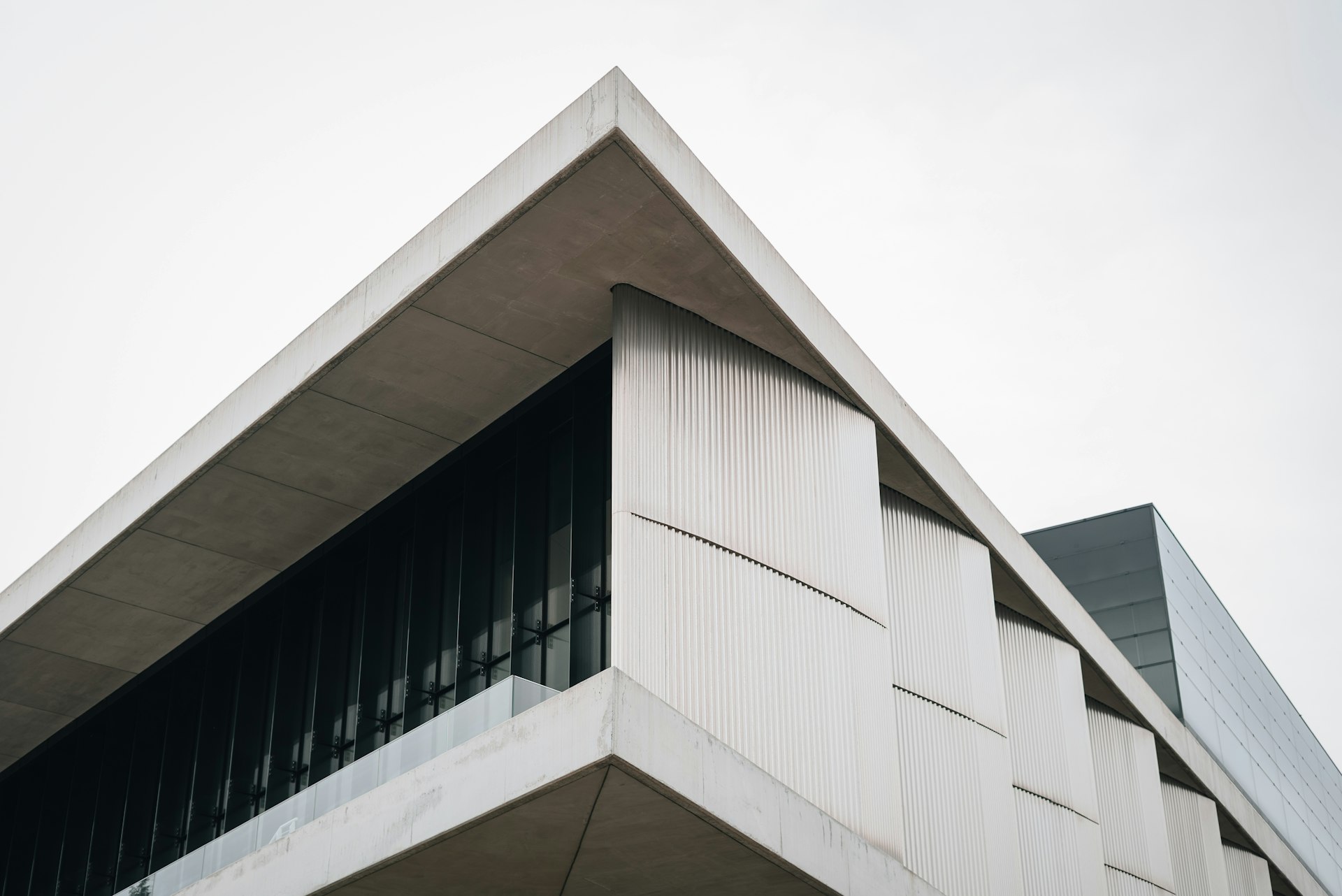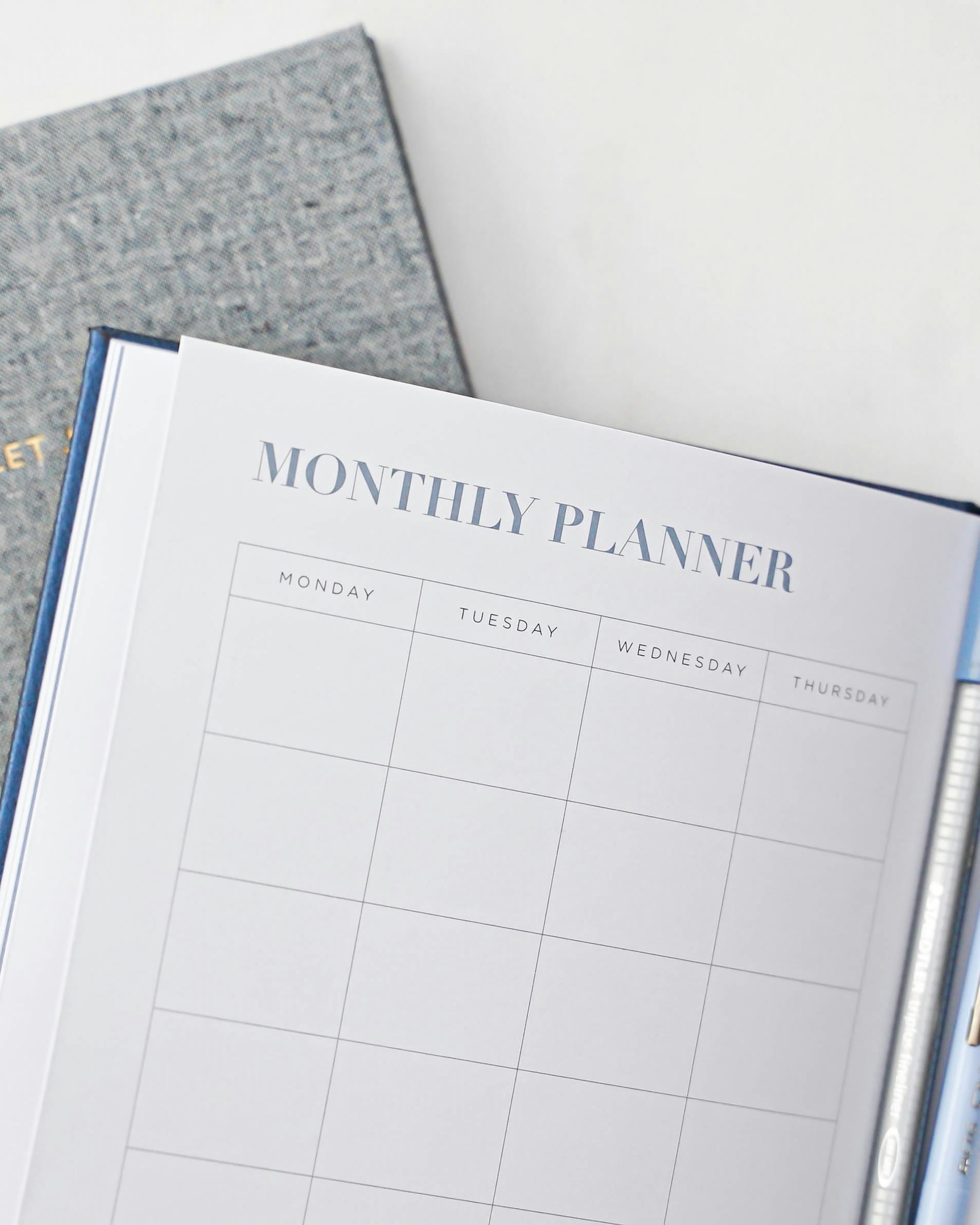Unlocking Opportunity: The Rapid Rise of Pre-Loved Luxury Marketplaces

Photo by Rémi Morel on Unsplash
The Evolution of Pre-Loved Luxury: An Introduction
Once considered a niche, the pre-loved luxury marketplace has emerged as a central force in the global luxury goods industry. Consumers are no longer limited to purchasing new, full-price designer products; instead, they can now access authenticated, high-quality items at a fraction of the original cost. This shift is driven by evolving consumer values, technological advancement, and an increasing focus on sustainability. According to KD Market Insights, the global pre-owned luxury goods market is projected to grow from $26 billion in 2019 to $55 billion by 2025 , registering a compound annual growth rate (CAGR) of 14% [1] .
What Is Fueling the Growth of Pre-Loved Luxury Marketplaces?
The rapid expansion of the pre-loved luxury segment can be attributed to several key factors:
- Shifting Consumer Demographics : Millennials and Gen Z, raised in the digital era, are central to this movement. Their desire for unique, sustainable, and affordable fashion experiences is reshaping luxury consumption patterns. Many are motivated by the opportunity to express individuality and make eco-conscious choices [2] .
- Digital Transformation : Online platforms have made it easier to browse, compare, and purchase authenticated pre-owned goods. Ecommerce sites like The RealReal, Vestiaire Collective, and ThredUp offer robust authentication processes, detailed listings, and buyer protection, making luxury resale accessible and reliable [3] .
- Sustainability and Circular Economy : Growing awareness of fashion’s environmental impact has encouraged consumers to seek alternatives to fast fashion. Purchasing pre-owned luxury items extends product lifecycles and reduces waste, aligning with values of sustainability [2] .
- Affordability and Value : Buyers can access prestigious brands at lower prices, while sellers can monetize unused luxury assets. This mutually beneficial exchange has fueled marketplace growth [1] .
Market Size, Trends, and Forecasts
Recent research demonstrates the accelerating pace of this sector:
- By 2025, the global luxury resale market is expected to reach $38.32 billion , with a CAGR of 10.1% from 2024 [2] . Some estimates forecast the market size to hit $60.55 billion by 2029 [5] .
- The U.S. secondhand luxury market is projected to double from $8.1 billion in 2024 to $16 billion by 2033 , growing at 7.46% annually [4] .
- Europe remains a strategic hub for luxury resale, with both established and emerging platforms expanding regionally [1] .
Online channels are driving much of this growth, expanding 20-30% per year, outpacing the overall market expansion rate of 10-15% [3] .
Key Players and Platforms in the Pre-Loved Luxury Space
Several digital platforms have established themselves as leaders:
- The RealReal : Specializes in authenticated luxury consignment, offering a wide range of designer categories and a strict authentication process.
- Vestiaire Collective : A global marketplace focusing on high-end pre-owned fashion, emphasizing sustainability and authentic sourcing.
- ThredUp : While broader in scope, ThredUp features luxury and designer items with a focus on accessibility and sustainability.
- Fashionphile : Known for its wide selection of handbags and accessories, with a strong reputation for authenticity.
- Other notable platforms include Farfetch, Yoogi’s Closet, The Luxury Closet, and mainstream players like eBay and Poshmark expanding their offerings [5] .
To access these platforms, visit their official websites and browse current listings. If new to luxury resale, consider starting with platforms that provide detailed authentication guides and customer support. Research user reviews and compare return policies, fees, and seller protections before committing to a purchase or sale.

Photo by wu yi on Unsplash
How to Buy and Sell Pre-Loved Luxury Items
Whether you are a buyer seeking investment pieces or a seller looking to unlock value from your luxury wardrobe, the process is straightforward but requires attention to detail:
For Buyers
- Identify Trusted Platforms : Begin by researching well-established resale sites with proven authentication processes. Use search terms like “authenticated luxury resale” and “pre-owned designer marketplace” to discover reputable platforms.
- Review Item Listings : Examine product photos, descriptions, and condition ratings carefully. Look for authenticity guarantees and clear return policies.
- Understand Pricing : Pre-owned luxury prices vary based on brand, condition, demand, and rarity. Compare similar items across platforms to ensure competitive pricing.
- Complete Purchase Securely : Use secure payment methods recommended by the marketplace. Retain receipts and communication records for reference.
For Sellers
- Evaluate Your Items : Gather details on brand, model, year, and condition. Take high-quality photos from multiple angles.
- Select a Platform : Choose a marketplace with favorable commission rates, high buyer traffic, and strong authentication protocols.
- List Your Item : Follow platform guidelines to create a compelling, honest listing. Highlight any unique features or provenance.
- Ship and Authenticate : Ship your item promptly. Many platforms handle authentication before releasing funds to the seller.
For both buyers and sellers, read all terms and conditions carefully. If uncertain about authenticity, request additional verification or use third-party authentication services.
Challenges and Solutions for the Pre-Loved Luxury Market
Despite its growth, the pre-loved luxury sector faces several challenges:
- Authentication Risks : Counterfeit goods remain a concern. To address this, leading platforms invest in expert authenticators and transparent processes. Always choose marketplaces with published authentication standards.
- Variable Pricing : Market value can fluctuate. Sellers should research recent sales of comparable items, while buyers should compare across platforms for the best deals.
- Condition and Disclosures : Honest, detailed listings protect both parties. Buyers should request additional photos or documentation when in doubt.
- Return and Refund Policies : Policies vary by platform. Confirm the specific terms before finalizing transactions to avoid surprises.
If you encounter issues, contact the platform’s customer service. Many offer dispute resolution and buyer protection programs.
Embracing Alternatives and Future Opportunities
In addition to established marketplaces, consider alternative approaches:
- Local Consignment Stores : Many cities host luxury consignment boutiques with in-person authentication. Search for “luxury consignment” in your location for options.
- Specialized Auction Houses : Trusted auction houses occasionally feature vintage and rare luxury items, particularly watches and jewelry. Research upcoming sales and their participation requirements.
- Brand-Run Resale Programs : Some luxury brands operate their own buy-back or resale programs. Visit the official brand website or contact customer service for details on participation.
As the market matures, expect to see increased integration of technology such as blockchain-based authentication, AI-driven pricing tools, and enhanced buyer/seller protections, further improving transparency and trust.
Getting Started: Step-by-Step Access Guide
- Research reputable online luxury resale platforms. Use search terms like “trusted pre-owned luxury marketplace” or “authenticated luxury consignment.” Review customer feedback and industry reputation.
- Decide your role: Buyer or seller. For buyers, set a budget and identify brands or categories of interest. For sellers, prepare detailed information and images of your luxury items.
- Register an account with your chosen platform. Complete any required identity verification or payment setup steps.
- For buyers: Browse listings, set up alerts for items of interest, and compare conditions and prices. For sellers: Create detailed, honest listings and follow all platform guidelines.
- Follow the platform’s transaction and shipping procedures. Communicate clearly with buyers or sellers as needed. Retain documentation of your transaction for future reference.
If you need more guidance, consider reading platform-specific seller and buyer guides, or contact customer support for assistance. If you prefer in-person experiences, visit local luxury consignment boutiques or inquire with your favorite luxury brands about any official resale or authentication programs they may offer.
References
- [1] KD Market Insights (2021). Pre-Owned Luxury Goods Market Is booming in Upcoming years, $55 Billion in 2025.
- [2] Swap Commerce (2024). How Fast-Growing Luxury Resale Is Reshaping Ecommerce and Sustainability.
- [3] Michigan Journal of Economics (2025). How Resale is Reshaping Luxury Markets.
- [4] IMARC Group (2024). United States Secondhand Luxury Goods Market Report.
- [5] Business Wire (2025). Secondhand Luxury Market Outlook 2025-2029, Featuring The RealReal, ThredUp, Farfetch, Yoogi’s Closet, Vestiaire Collective, and others.



